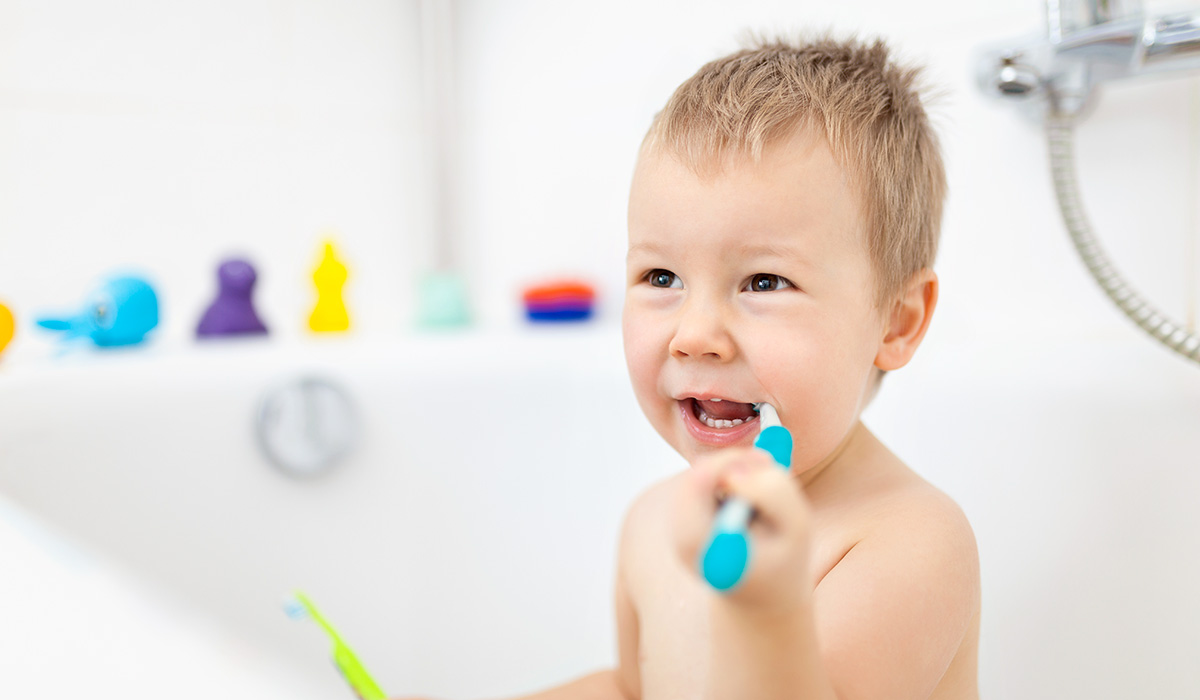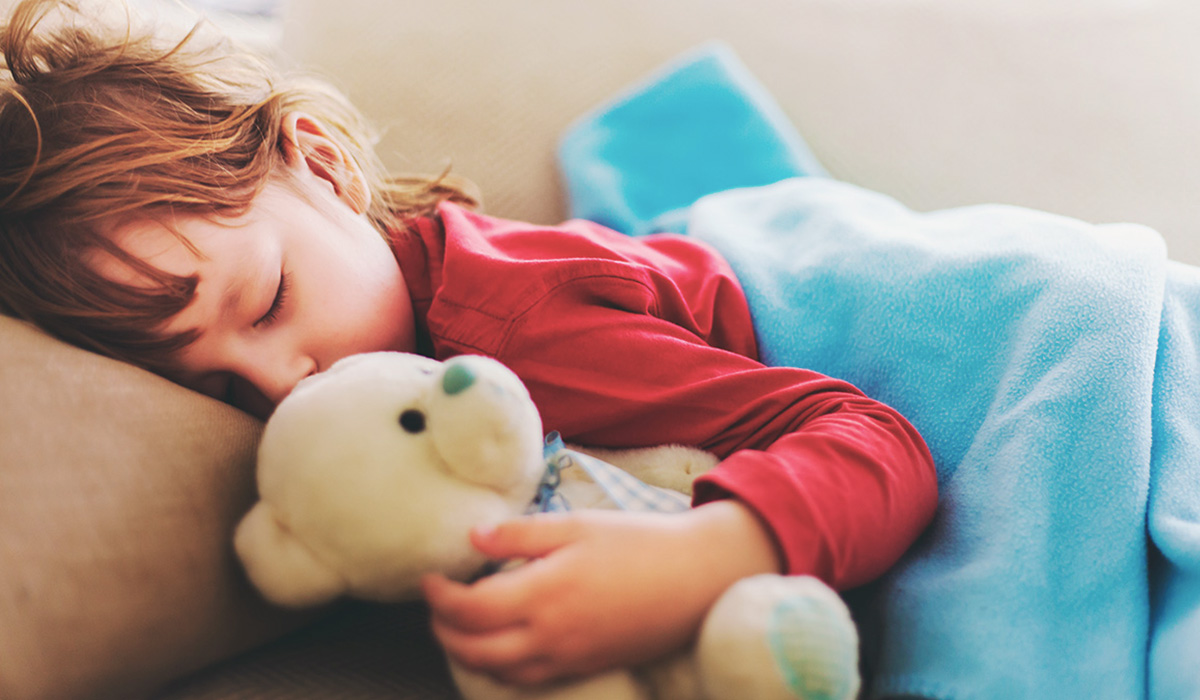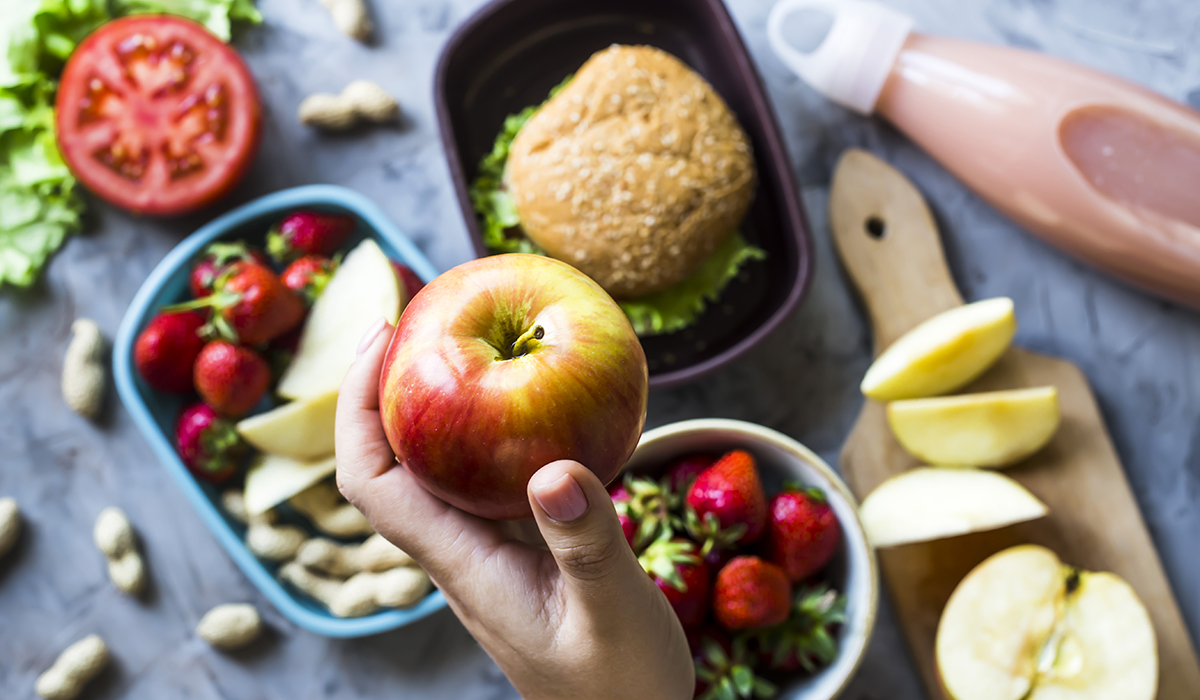January 2018
Your child’s oral care routine should begin way before your baby’s first tooth appears. Getting into a routine of care for gums and teeth at the earliest of ages can promote a lifetime of good dental health.
- Clean your baby’s mouth starting a few days after birth. Wipe your baby’s gums with a clean wet washcloth or a clean gauze pad after each feeding.
- Baby teeth are very important. They help your baby chew, speak and smile. They also hold space in the jaws for the permanent teeth. When a baby tooth is lost too early, the permanent teeth can drift into the empty space and make it difficult for other adult teeth to find room when they come in.
- Decay can occur with the first tooth. When the first tooth appears, start brushing twice a day with a soft-bristled child’s toothbrush. Decide, with the help of your child’s dentist or physician, whether or not to use fluoride toothpaste. If used before your child is about 3 years old, use an amount no more than a smear or the size of a grain of rice. At about age 3, you should start putting a pea-sized drop on your child’s toothbrush.
- Check your baby’s teeth. Healthy teeth should not have spots or stains. If you spot this, take your baby to a dentist.
- Your child’s first visit to the dentist. Take your child to the dentist after the first tooth appears, but no later than his or her first birthday. Your dentist will check for decay and overall tooth and jaw development, discuss fluoride toothpaste with you and, if needed, teach you how to clean your child’s teeth.
Source: The American Dental Association; the National Institutes of Health National Institute of Dental and Craniofacial Research



